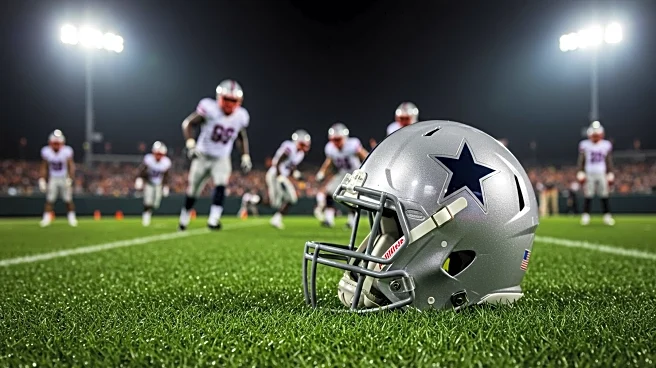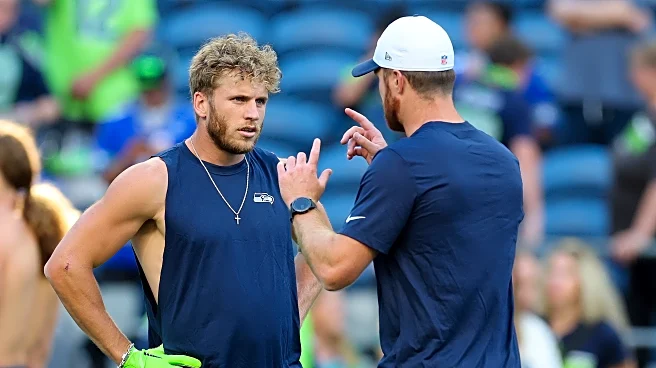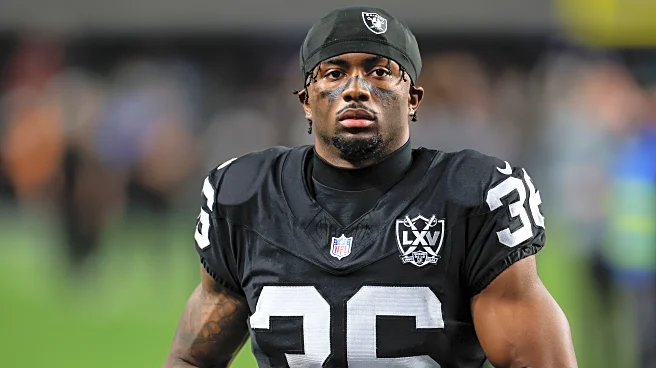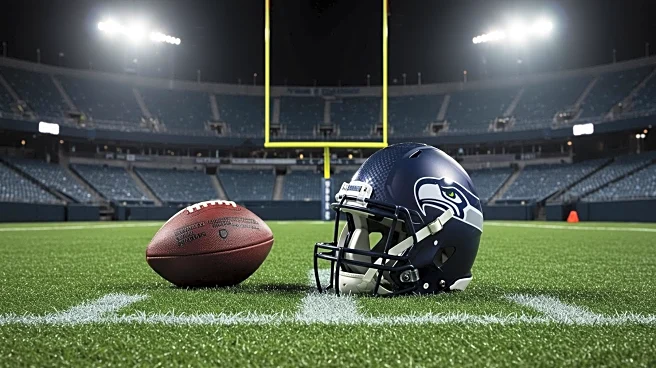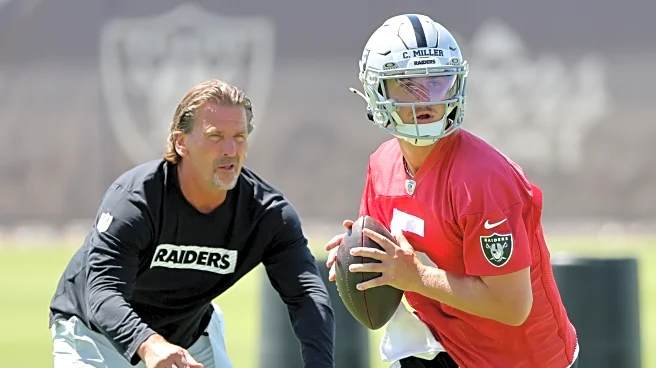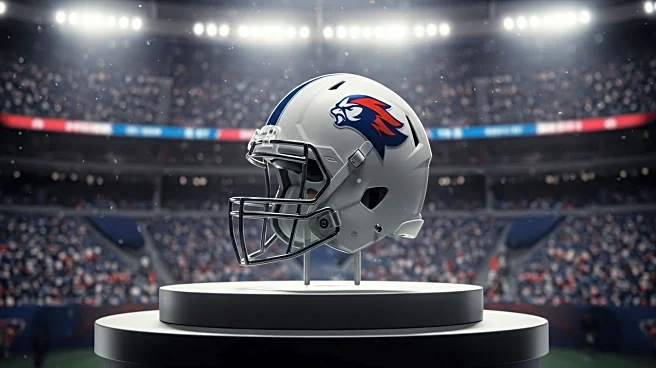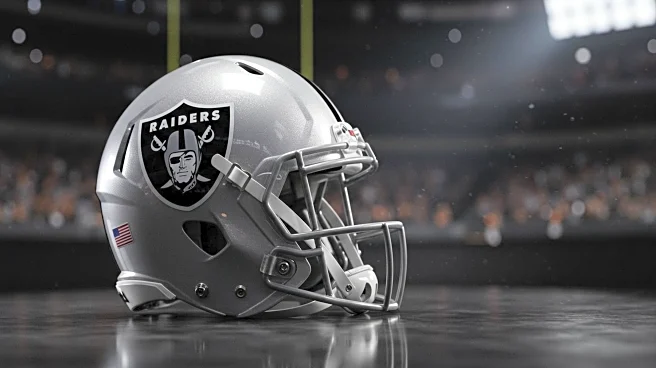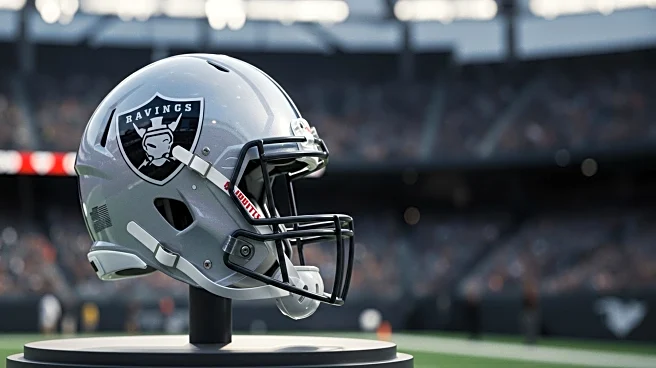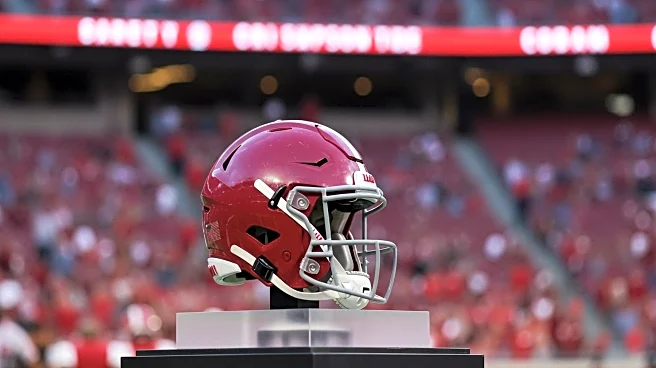
Perhaps the biggest expectation among the Seattle Seahawks rookies, after Grey Zabel, was to see what former Alabama quarterback Jalen Milroe could do in his debut against the Las Vegas Raiders. How did he do? Let’s look at his film.
Statistics
Jalen Milroe threw 10 passes, 6 of which were completed. He gained 61 yards in the process, no interceptions, and no touchdowns. He was pressured three times, sacked once, and improvised two runs that combined for 11 yards. Also on the ground, he had a zone read that generated
27 yards.
With the pocket clean, he had 9 attempts for 6 completions and 61 yards. Under pressure, only one attempt resulted in an incomplete pass. When blitzed, he completed 1 pass in 3 attempts for just 5 yards. Without a blitz, he completed 5 passes in 7 attempts for 56 yards.
Context
Milroe had a sub-standard group at his disposal. The offensive line was weak, but I don’t think the worst issue was the receivers who played with him. Aside from one snap by Ricky White III and two throws by John Rhys Plumlee (a QB who recently transitioned to WR), the receivers couldn’t consistently separate.
This significantly impacted the QB’s play, especially on the final, decisive drives.
Still trying to explain the context in which he was inserted, I wanted to talk about my interpretation of Milroe’s behavior. The rookie was drafted amid doubts, due to his final season in 2024 at Alabama, which involved forced passes that ended up being intercepted.
Watching the game again, I can’t help but think that Milroe’s mindset was unified. He entered determined not to force any passes or hold onto the ball too much. If his first read (or at most the second) wasn’t clear, he would switch gears to run the ball.
An example of this is that he didn’t attempt ANY pass longer than 20 yards. He didn’t have many chances, but he missed the opportunity on the play above to test his arm deep, in one of the few moments his receivers managed to get separation.
On medium passes, he went 2-of-5 for 29 yards, and on short passes, he went 4-of-4 for 32 yards.
Finally, at times, Klint Kubiak’s calls could have been better, especially with a rookie QB at the helm.
Where does he need to improve?
I didn’t really like Kubiak’s call. The routes stop on the first down mark or earlier, on third down. Very risky. The only open route seems to be Cody White’s on the opposite side of where Milroe was looking.
He decides to pass the ball to Dareke Young, but the timing is poor. For this type of pass to work, the release has to happen at the moment of the cut. Milroe stares Young down too much and only makes the pass after he cuts off the route. This gives the DB a chance to fight for the ball, deflecting the pass. It was the closest he came to being intercepted all night.
He leaves the pocket earlier than he should have. This time, I don’t even think it was related to impatience. I believe that when he saw the open space, he thought he had a chance to make a big run. Because of this, he missed the crossing routes in the middle of the field (No. 86 Ricky White and No. 89 Nick Kallerup) that managed to get open.
Milroe reads correctly, and he misses the pass due to a small detail. I still think Tyrone Broden could have done a better job, either with the route or the reception. But a 6’5 guy who ran a 4.3 at Pro Day and left as an UDFA doesn’t generate much expectation.
Verdict: Not Guilty
On two key plays of the game, there was some criticism of Milroe, but I don’t think he was at fault for both.
The first one we’ll talk about is fourth down. It’s interesting that the team trusted him to convert, but we have some issues with his execution and planning. I don’t understand Kubiak putting Milroe in shotgun, making life easier for the defense. Furthermore, the rollout to the right leaves few options for the QB.
From an execution standpoint, no receiver managed to get separation quickly; perhaps Broden coming from the backside could have appeared. However, Milroe is too quick out of the pocket, giving Broden no time to get there.
Next, we’ll address the issue of running the ball. I saw many comments assuming Milroe would get the first down, something I completely disagree with, since the LB had already identified and had a good angle and momentum to prevent the first down. Milroe even tried to give his TE a chance to receive the pass, moving further away from the defender, but the receiver seemed to run toward the defender instead of getting free and couldn’t adjust for the catch.
It’s common to blame rookie QBs for sacks. Again, Milroe is innocent here. None of his routes are open, he has no option to run, so he tries to wait for something, since his only open route is a short checkdown that wouldn’t result in a first down. Center Maranges doesn’t do a good job, and after the stunt, he doesn’t find his opponent, leaving the DL with a clear path to the QB.
Where did he impress?
Good read of the QB before the snap. The TE’s movement indicates he’ll have a matchup against the EDGE. Milroe identifies this and makes the TE his first read, and his anticipation is good, knowing Broden’s clearout route creates space for the TE to cut.
Putting Milroe in motion is a good option. It’s important to use it sparingly. This play showcases Milroe’s athleticism. No. 59 had a real chance of getting the sack or hit if he were a slower QB. However, Milroe manages to rush the rollout, escape, and make the pass in front of his receiver with good ball placement.
The Seahawks seem to be calling for a Bow concept here. Simply put, it’s a hitch-out route of approximately six yards and a route of 14 yards. The idea is to put the hook defender (the LB in this case) in conflict since there are two threats in his zone. The LB covers the short route, and Milroe makes the pass on the longer route, weaving the pass between three defenders, showing off his arm strength. Ideally, this pass would go inside the LB, but Milroe passes the ball before the WR reaches that spot.
No open route, Milroe is solid in the pocket until the pressure arrives on the left side. He advances, finds space, makes the defender miss the tackle easily, and gets a first down.
I hope Kubiak uses him a lot, especially in the red zone in situations similar to this. It’s a simple zone read, but what comes next is what separates Milroe from other QBs. He’s not only quick and agile, he reads the field like a running back when he’s running. Notice how he threatens the defender inside, which helps the TE (No. 49 Marshall Lang) block, then he cuts and gains a lot of yards.
Final Thoughts
I hope Mike Macdonald gives Milroe a few more chances. Even though he considers him the team’s QB3, it would be interesting to see the rookie playing with the backups instead of the team’s third and fourth lines. You don’t need to see what Drew Lock is capable of; we already know his potential (or lack thereof). In Milroe’s case, he’s a work in progress, and every opportunity for growth is welcome.
